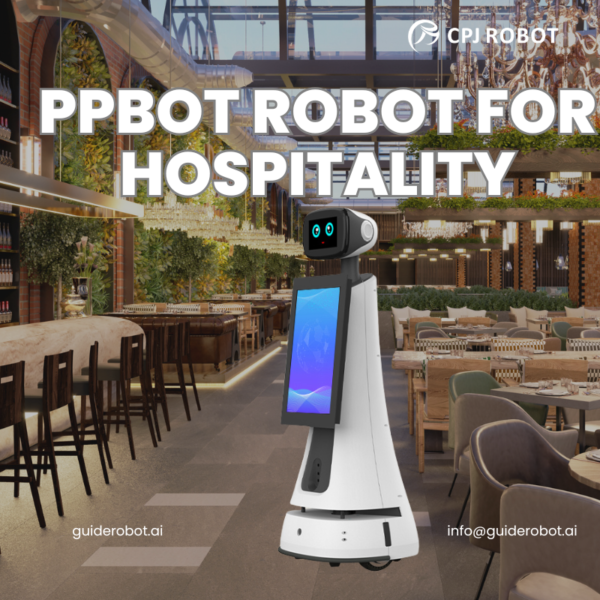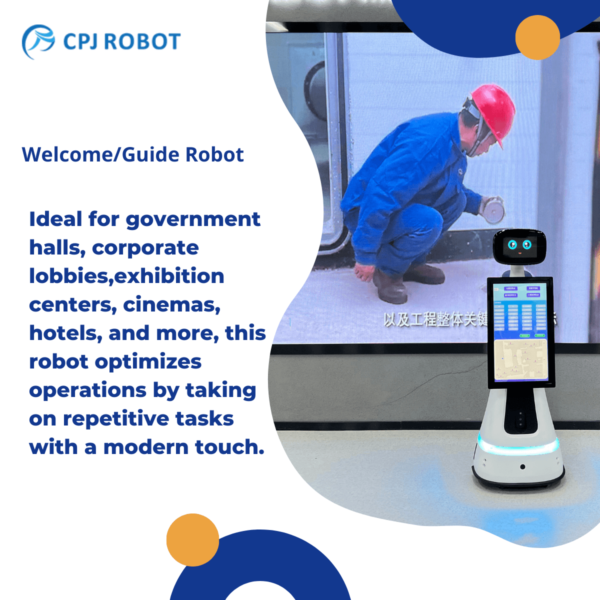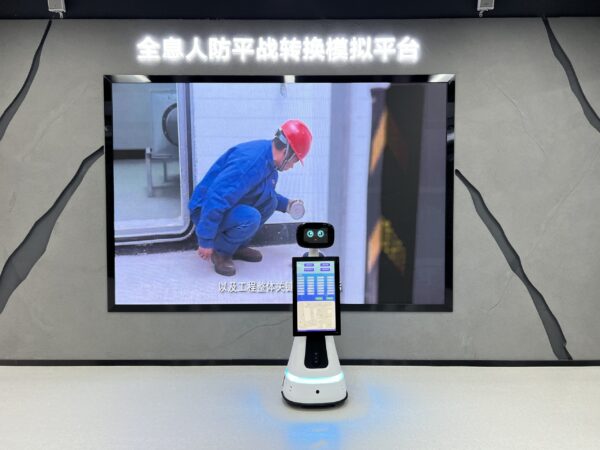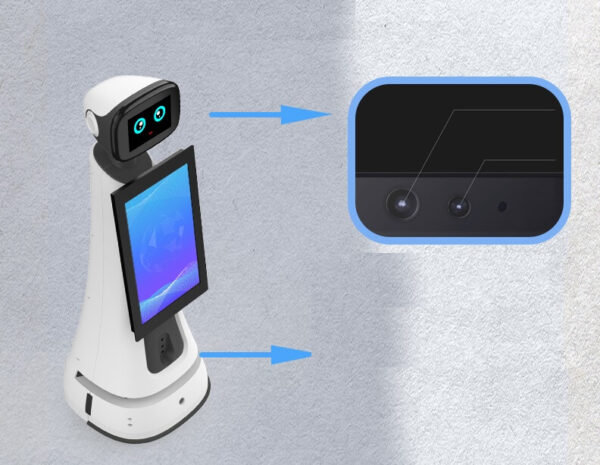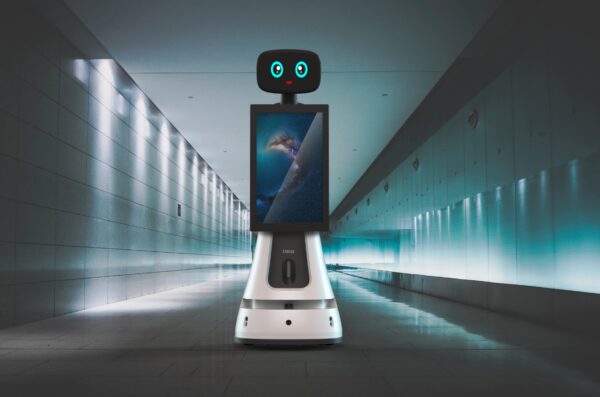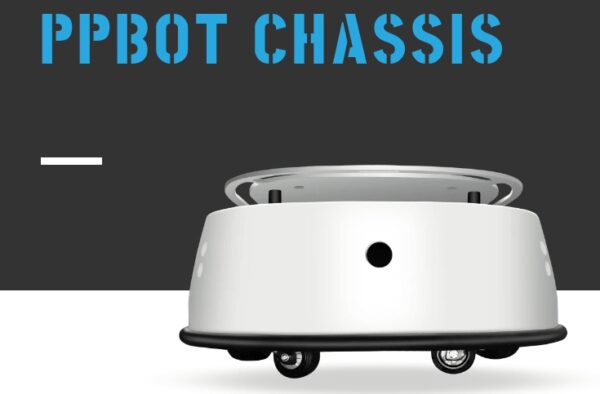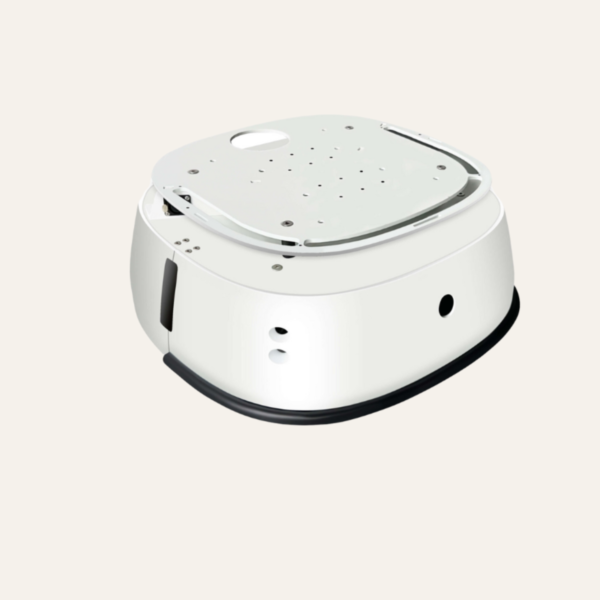How Hotel Robots Are Revolutionizing the Hospitality Experience: The Future of Guest Services
Introduction In a fast-evolving world, hotels must continuously innovate to keep up with guest expectations. With the rise of hotel robots, hospitality is entering a new era where robots assist with everything from check-in to housekeeping. This post explores how hotel robots enhance operations, improve guest satisfaction, and cut costs, allowing hotels to create a…
